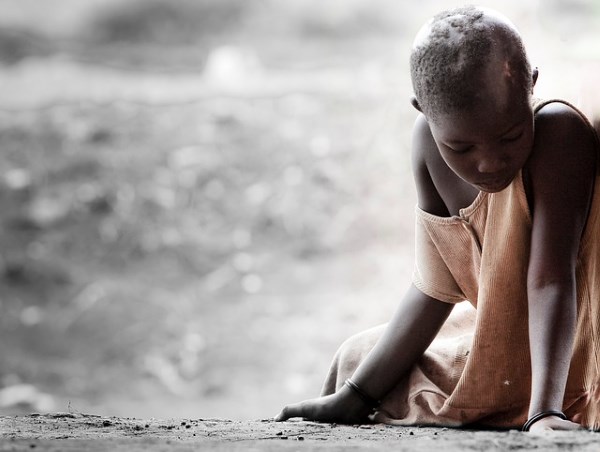The World Health Organization (WHO) officially declared Mpox, also known as Monkeypox, a global health emergency due to its rapid spread and the rising number of cases worldwide – over 15,000 cases reported in more than 70 countries.. This declaration highlights the urgency of addressing the outbreak and understanding the nuances of the virus, particularly the differences between its two main clades: Clade 1 and Clade 2.
What is Mpox?
Mpox is a viral disease caused by the Monkeypox virus, which belongs to the Orthopoxvirus genus, the same family as the viruses responsible for smallpox. Although first identified in monkeys, the disease is zoonotic, meaning it can be transmitted from animals to humans, and also between humans.
The Emergence of Mpox as a Global Threat
The recent surge in Mpox cases has alarmed health authorities globally. Initially reported in African countries, the virus has now spread to various parts of the world, including Europe, the Americas, and Asia. This widespread transmission has led the WHO to classify the outbreak as a Public Health Emergency of International Concern (PHEIC).
Clade 1 vs. Clade 2: Key Differences
The Monkeypox virus is divided into two main genetic clades: Clade 1, also known as the Central African clade, and Clade 2, or the West African clade. Each clade has distinct characteristics, particularly in terms of symptoms and severity.
1. Clade 1 (Central African Clade)
Severity: Clade 1 is associated with more severe disease outcomes. It has a higher mortality rate, often between 1% to 10%, depending on the region and healthcare availability.
Symptoms: Infections with Clade 1 typically present with more pronounced symptoms. These include high fever, intense headaches, muscle aches, swollen lymph nodes, and a more widespread rash. The rash often progresses to pustules and lesions, which can be painful and lead to complications such as secondary bacterial infections.
Transmission: Clade 1 is known to have a higher human-to-human transmission rate, which makes it more concerning in densely populated areas.
2. Clade 2 (West African Clade)
Severity: Clade 2 generally causes milder disease and has a lower mortality rate, typically less than 1%. However, the recent outbreak has shown that even this clade can cause significant illness, especially in vulnerable populations.
Symptoms: Symptoms associated with Clade 2 are generally less severe, with lower fever, milder headaches, and a less extensive rash. The rash, while similar in appearance to that caused by Clade 1, tends to be less widespread and resolves more quickly.
Transmission: While Clade 2 also spreads through human-to-human contact, its transmission rate is lower compared to Clade 1. However, the global spread of this clade indicates its potential for widespread outbreaks.
Also Read: Know Top 10 Medical Myths About TB – Tuberculosis
Global Response to the Outbreak
In response to the growing number of Mpox cases, countries around the world are ramping up their surveillance and public health measures. This includes increasing diagnostic testing, enhancing contact tracing, and initiating vaccination campaigns where possible. The WHO’s declaration of a global health emergency has further mobilized international resources and attention to address the outbreak.
Preventive Measures and Public Awareness
The health ministry has issued guidelines for managing Mpox cases, including protocols for isolation, treatment, and contact tracing. To combat the spread of Mpox, health authorities are urging people to take precautions, especially in areas with reported cases. Key preventive measures include:
Avoiding Close Contact: Mpox spreads through close contact with an infected person’s lesions, bodily fluids, or respiratory droplets. Avoiding such contact, especially with symptomatic individuals, is crucial.
Hygiene Practices: Regular handwashing with soap and water or using an alcohol-based hand sanitizer can help reduce the risk of infection.
Vaccination: Vaccines originally developed for smallpox, such as the Jynneos vaccine, have shown effectiveness against Mpox. Vaccination efforts are particularly focused on high-risk populations and healthcare workers.
Union Health Minister Jagat Prakash Nadda has held a meeting with officials to review the situation and ensure necessary precautions are in place. The Indian Council of Medical Research (ICMR) has been conducting a serosurvey to determine exposure to Mpox among high-risk population.
The declaration of Mpox as a global health emergency underscores the seriousness of the current outbreak and the importance of global cooperation in controlling the virus’s spread. Understanding the differences between Clade 1 and Clade 2 is crucial for both healthcare professionals and the public to effectively respond to this public health threat. By staying informed and taking appropriate precautions, we can work together to mitigate the impact of this outbreak.
Source and Reference:





